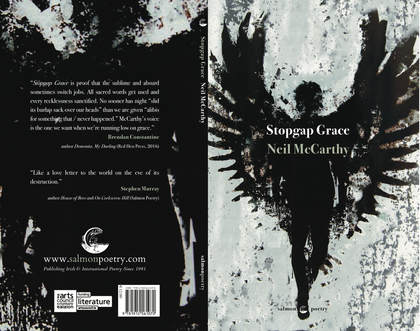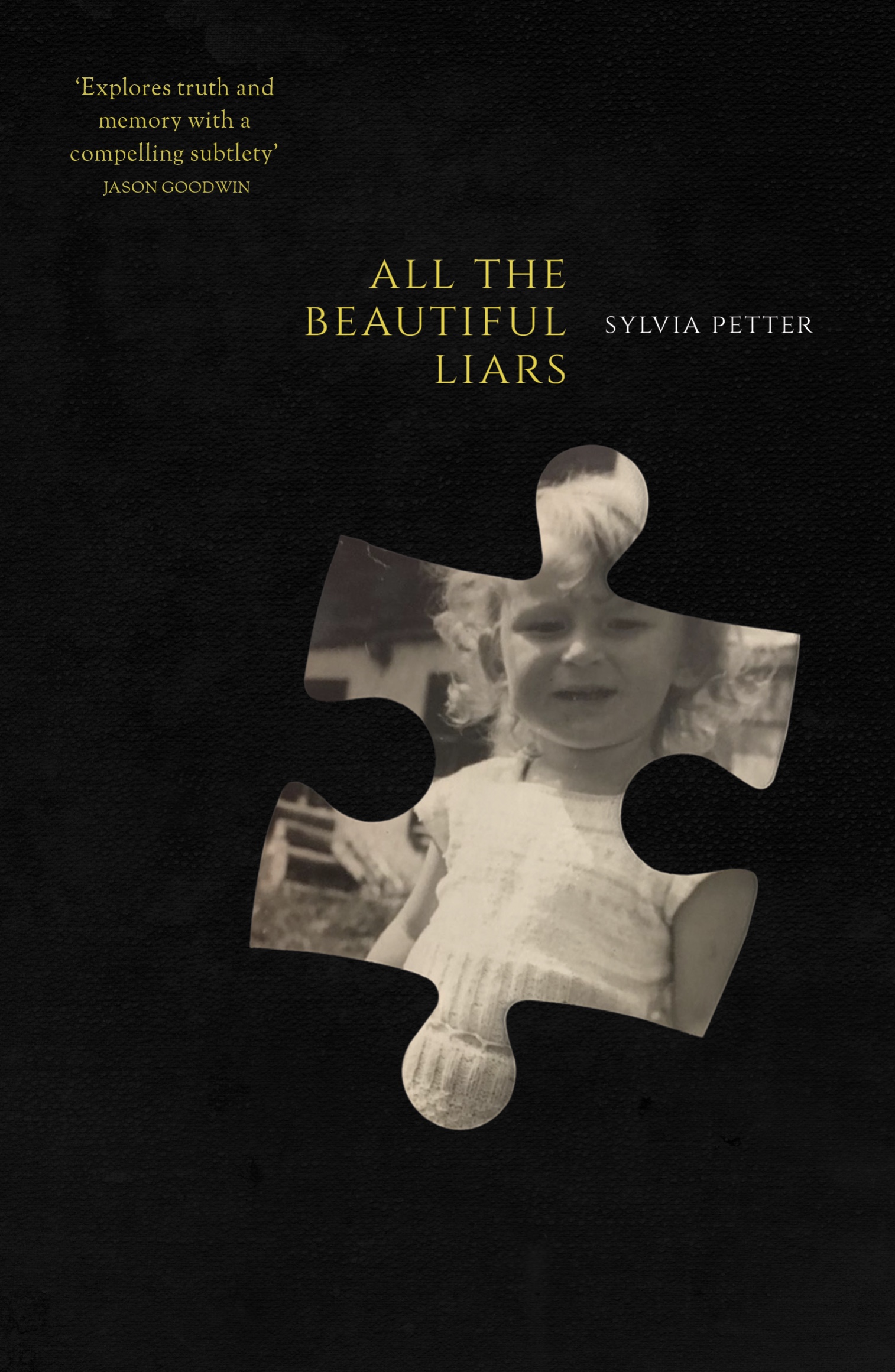Once again I was unable to crack a place in the ABR reviewing competition. My aim wasn’t so much a prize, but publication of the review in Australia. No worries. Maybe my blog will reach another audience, so here’s my “review”; and if you like short stories, Patrick has a second collection in the works.
Patrick Cullen
WHAT CAME BETWEEN
Scribe Publications, 192pp 9781921372889
In 2008 at the 10th International Short Story Conference in Cork, Ireland, Pulitzer Prize-winner Robert Olen Butler commented in a workshop on an exercise in which one of the students had transformed a panty hose into an instrument of yearning. That was my first encounter with the writing of Patrick Cullen.
I soon discovered that in addition to stories in The Age, Sleepers Almanac, Harvest and The Best Australian Stories 2007 (BAS07) edited by Robert Drewe, three of Cullen´s stories appeared as a ‘triptych’ in The Best Australian Stories 2005 (BAS05) edited by Frank Moorhouse. In a triptych, the left and right panels are subordinate to the centre one and so it also would seem to be with the stories “Mauve”, “Collapsing Under Their Own Weight” and “‘And?’” which all appear in amended forms (as does “The Easy Way Out” from BAS07) in Cullen´s story collection, What Came Between, published by Scribe Publications in August 2009. But in this collection of twelve linked stories, the central story of the triptych from BAS05, has been developed into a more complex one and appears as “Scar Tissue”, which for me represents the epiphany of the book. Although the stories can be read as stand-alones, when read in sequence they take on a hypertextual quality – a burrowing into layers which grounds the almost novelesque collection in the terrace houses of Laman Street, Newcastle, where the lives of neighbours interlink like cogwheels quietly ticking along from the 1989 Newcastle earthquake to the shutdown of the local steelworks a decade later, and beyond.
The first two stories, “Aftershocks” and “The Ground Beneath”, set the tone as the fault lines of the Newcastle earthquake expose the lives and longing of the inhabitants of Laman Street: the childless couple, Sarah and Paul, their neighbours, Ray and Pam, and the elderly Elsie. In “The Long Drive Home”, Elsie, learns to drive her grandson, Lucas´, car and, as in a relay, hands over her house to him. Then we segue into “And?” and the secrets Paul never divulged to his wife.
The next story, “The Comet”, describes how Lucas and Cate, a girl fleetingly mentioned in “The Long Drive Home”, get to know each other through the interweaving of Halley´s Comet, Huckleberry Finn and Mark Twain, before we are drawn on to “Mauve” in which Paul struggles with his career perceptions and the need to write as a way to express his feelings to Sarah. Although there are allusions to books and authors—Love in the Time of Cholera in “Scar Tissue” and Huckleberry Finn in “The Comet”—in “Mauve” the references to Paul, the writer of stories and poems, seem to fit better with the stand-alone “Mauve” than the “Mauve” of the story collection perhaps simply because there is no record of Paul ever writing again. Or will that be a part of the future?
In the middle of the collection the story “Dust” forms a natural marker for the following decade with the death of Geoffrey, a friend of Pam and Ray from their time before Laman Street: Pam and Ray are now parents, but Geoffrey´s death takes Pam back twenty years to when Geoffrey’s then pregnant wife, Judy, confessed to Pam her infidelity. It is as though room for thought is provided to the reader before the next story, “The Easy Way Out” in which Pam encourages Ray to reconnect with their estranged son, Michael. At the same time, it would seem, in the story “Where Things Belong”, Lucas and Cate face impending parenthood and the enigmatic discovery of a child´s shoe in the ceiling. Then comes the brave and sensitive “Scar Tissue” where Sarah, standing naked in the surf displays her absent breast to the gaze of a passing stranger: “She hesitated for a moment then let her arms fall to her sides. … ‘Good morning,’ she said and laughed.” This sets the bitter-sweet tone for the last two stories: “Short of Breath, Full of Ache” where Michael discovers a new facet of his father Ray, and “The Birth of Unknowing” in which the birth of Cate and Lucas´ child indicates a certain hope for the future.
In simple prose Cullen describes the failings and victories of ordinary people with sensitivity and knowing that make the stories of this collection resonate. Robert Olen Butler, who on the back cover of the book speaks of the collection´s “vision of how we seek our deepest selves in the crush of the quotidian” also no doubt perceived in these stories a narrator who “yearns to face the dark things honestly.”
Needless to say, I enjoyed this collection and am curious as to the fate of the panty hose.




“I’m even thinking it’s not about reaching lots of people, but the those who are interested.” Here I’m talking about blogposts and marketing etc. My small way of helping to get the book out beyond Oz shores.
This comment has been removed by the author.
Thanks, Rachel. You’ve made my Sunday – maybe ABR doesn’t do riveting;) WCB is a fine collection and it’s amusing that you in the antipodes hear about it from me via Vienna. I’m even thinking it’s not about reaching lots of people, but the ones who are interested. I’ll ask about the ph when next I see him in Sydney, and also his take on the triptych and linked stories. Actually, that would be a great interview.
This is a great review – riveting read – and just perfect for me as I am currently writing a triptych! Thank you!And like you – the panty hose? Tell me more!